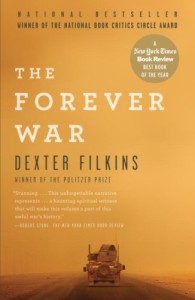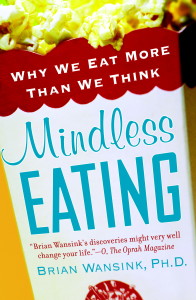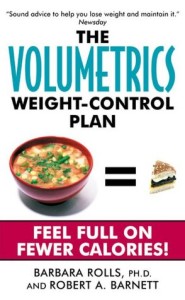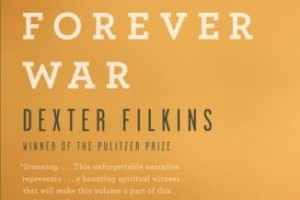 I finished reading three books over the course of the last four weeks. The first was The Forever War by Dexter Filkins, which I read in Cuba. The book covers the author’s experience as a foreign correspondent from Taliban-era Afghanistan to Iraq before and after the sectarian violence took hold. Filkins won the Pulitzer prize for this work, and it is well deserved.
I finished reading three books over the course of the last four weeks. The first was The Forever War by Dexter Filkins, which I read in Cuba. The book covers the author’s experience as a foreign correspondent from Taliban-era Afghanistan to Iraq before and after the sectarian violence took hold. Filkins won the Pulitzer prize for this work, and it is well deserved.
It is an unflinching portrayal of the insanity and misery of war. Steinbeck once said of his war reporting “It is in the things not mentioned that the untruth lies.” For reasons that may be of ratings or propaganda, it is deemed unacceptable to report the full ugliness of war in newspapers and on television. What we get are sanitized versions, which in turns I feel, fuels the desire of those abstracted from its essence to see it as something other than the absolute last resort it should be.
Dexter Filkin’s work reminded me of another excellent book I had read earlier, Every Man in this Village is a Liar, by Megan Stack. I appreciated both these works for giving me an insight into a world that large-circulation media sees but censors.
On a more cheerful note, I then read two books on weight loss. The first was the title that inspired much of the approach I took. It’s Mindless Eating: Why We Eat More Than We Think by Brian Wansick. The second was The Volumetrics Weight-Control Plan by Barbara Rolls and David Barnett.
I had heard of Mindless Eating through an interview on TVO. It was a fascinating interview. Wansink is a researcher for Cornell who studies what makes us eat. He found that it wasn’t just hunger at play, but a whole slew of persuaders which we aren’t aware of.
 For instance, he gave free popcorn to a group of people entering a movie theatre. These people had just eaten dinner. The popcorn was three weeks old and stale. Some people got a large bag of popcorn, while others were issued a small. After weighing the bags at the end of the movie, he found that people who had the large bag had eaten noticeably more on average than those with the small. The size of the bag affected how much people chose to ate.
For instance, he gave free popcorn to a group of people entering a movie theatre. These people had just eaten dinner. The popcorn was three weeks old and stale. Some people got a large bag of popcorn, while others were issued a small. After weighing the bags at the end of the movie, he found that people who had the large bag had eaten noticeably more on average than those with the small. The size of the bag affected how much people chose to ate.
In his book, Wansink lists out this and many other fascinating persuaders he and other researchers came to uncover. It’s food psychology. Mindless Eating was a great read. I’d highly recommend it to anyone – not just people who seek to reduce weight. It’s an insight into how our mind works. It’s not meant to be a diet book as the author notes.
I learned of the Volumetrics book by Barbara Rolls and David Barnett because Wansink talked about it favourably in his own work. It sounded a lot like the approach I was already taking, and it was by another food researcher, so I decided to buy it. The tone in Volumetrics is that of a diet book. The premise is that it’s volume more than the calorie content in food that fills us up. So by capitalizing on this fact, we can satiate our hunger on fewer calories. As an example, a cup of grapes and a quarter cup of raisins both contain the same amount of calories. Raisins are dried grapes after all. But the grapes are likely to be more filling, given that it’s four times as voluminous. You can apply the same logic to making the jump from 2% to 1% milk.
The book also presents lots of research on how we behave around food and dispels many misconceptions that have been bandied about. Drinking more, for instance, does not reduce hunger. But Rolls and Barnett list why people may think that that’s the case.
 I very much liked the novel information presented, but that is a small component of the work. Half of the book is recipes, which weren’t particularly of interest to me. That whole portion felt like filler. Both books actually had quite a bit of filler – Wansink’s own book used lots of clip-art and liberal spacing to hike up the page count.
I very much liked the novel information presented, but that is a small component of the work. Half of the book is recipes, which weren’t particularly of interest to me. That whole portion felt like filler. Both books actually had quite a bit of filler – Wansink’s own book used lots of clip-art and liberal spacing to hike up the page count.
I wouldn’t commit to a calorie restriction diet that goes well below my basal metabolic rate, as was discussed in Volumetrics. I find that’s tantamount to starvation, though its authors would likely disagree with me.
An interesting read overall, though I’d say it’s more for the weight-loss crowd than general interest.

